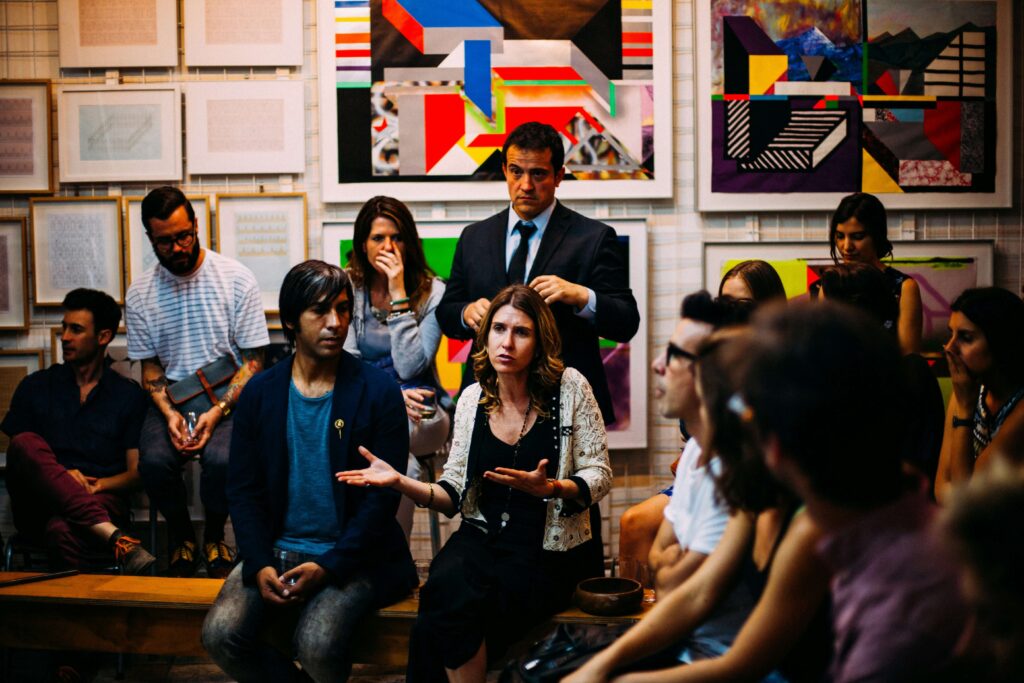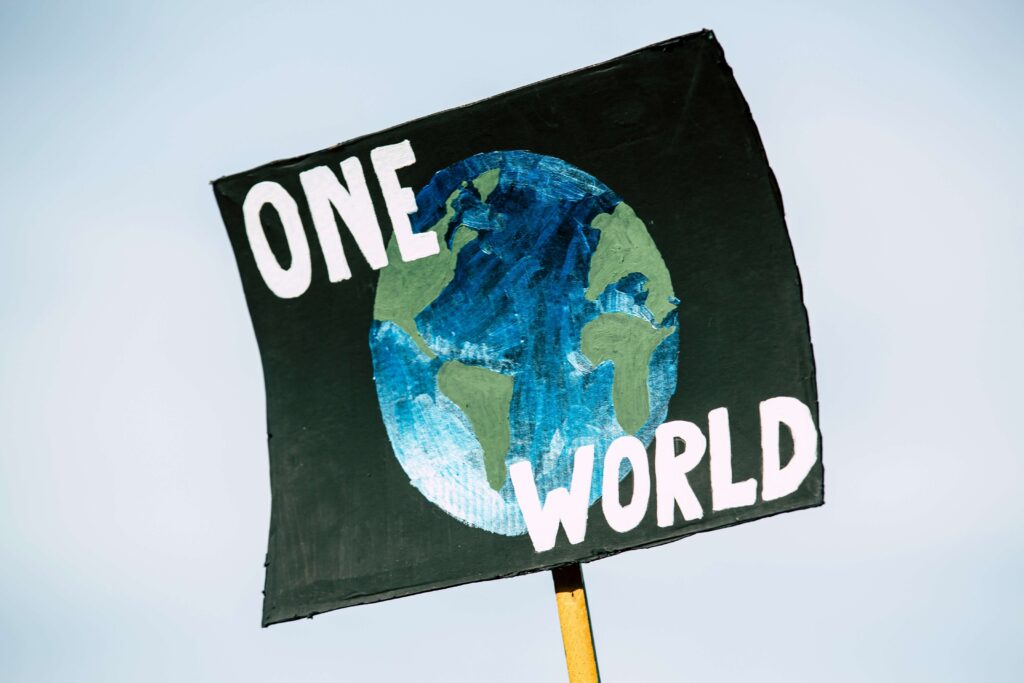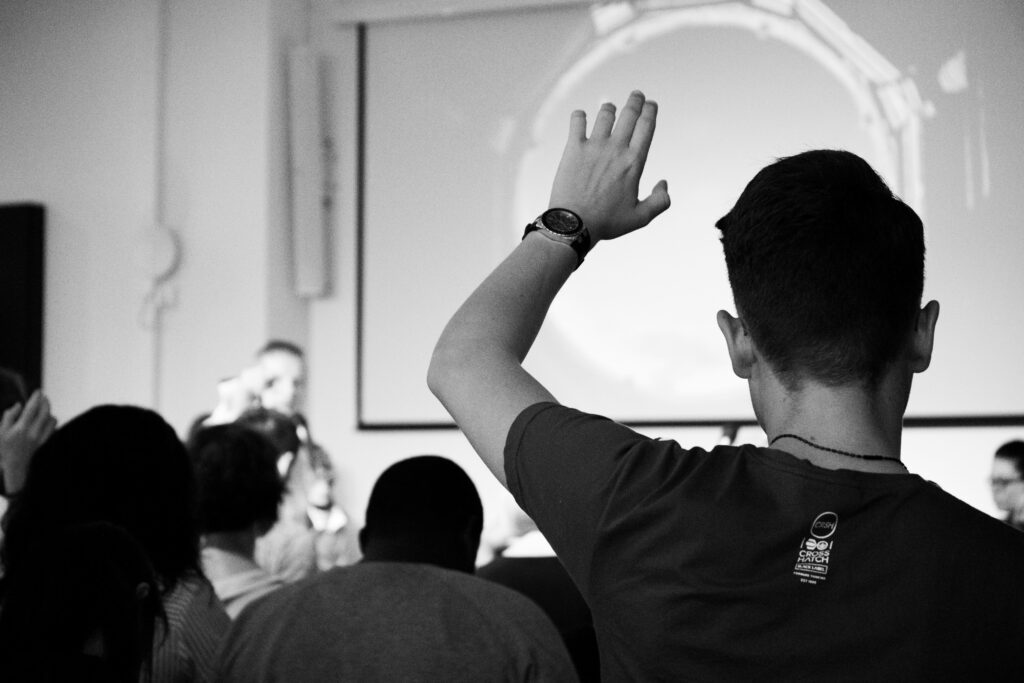
It’s no secret that the perception of students today is often that they’re too sensitive, get insulted easily, or can’t handle criticism. This, like many things in life, is subjective. It depends on what you mean by sensitive. Reducing the understanding of students sensitivity only to “being easily offended,” implies a limited perception of what truly lies behind. On the other hand, some defend students by arguing that they are not easily offended, they instead possess a heightened awareness of social issues. When you consider the fact that information has never been as easy to access in a global scale as it is now, the increased awareness of students does not come as a surprise.
First, you have to define what you mean by sensitivity and awareness. In that sense, sensitivity refers to being in tune with your own feelings, as well as those of others. This also entails having less patience for offensive behavior or language. However, sensitivity can also be defined as being overly dramatic and taking things personally.
Awareness refers to having a better grasp of important social issues, whether that is mental health, discrimination, injustice and such. Today, awareness is heavily influenced and encouraged by our relatively easy access to international news, the immediacy of trends, social media platforms, and global networks. According to the 2019 study by Tom Sander and Phoey Lee Teh, “Is Social Media Changing the Awareness of Individuals?” social media is responsible for influencing the awareness of individuals. Granted, misinformation can be easily distributed, but that is an entirely different article! Today we focus on how our access to information shapes our view of the world.
Political Preferences Play A Role

The answer to the question “Are Students Today Too Sensitive?” is usually linked to political preference: liberal or conservative. We wish it were that simple but it is not. In the real world, things are not binary as one can identify as liberal and hold a few conservative beliefs and vice versa. The Pew Research Center divides political typologies in 8 groups, but mainly categorizes the youth (those under 35-ish) in two main groups: The “Ambivalent Right” and the “Outsider Left”. These two groups happen to be the closest to the middle ground in the PRC scale.
If you want to take their Political Typology Quiz, click here.
The Ambivalent Right
The Pew Research Center defines the ambivalent right typology as “young and politically cross-pressured: Conservative on economics and issues of race and gender, less so on immigration, social issues.” This shows how a segment of the population hold seemingly contradictory stances by aligning with conservative views on economic issues, while sustaining moderate views on social issues like immigration. This trend shows us something very particular. For these students, awareness of international issues does imply a higher sensitivity to it. They do, in fact, lean towards a more liberal approach on what relates to such issues. Immigration is a perfect example of how the increased awareness of international phenomenon creates empathy for those that would be considered conservative in other areas. For instance, they might identify with a smaller government and traditional values regarding gender, but deviate from their conservative stance on issues like abortion and same-sex marriage.
This group seems to display a higher level of awareness on international matters, which also translates into a more open-minded approach than other right-leaning groups. For the Ambivalent Right, one could imply that today’s students are more sensitive because they are more aware, but they do not overreact or take matters to absolutes and extremes.

The Outsider Left
For this group, the PRC defines it as “Young, liberal, discontented Democrats.” According to the study, this group makes up 10% of the public in the United States. The Outsiders Left are mostly liberal in their views, especially when it comes to social issues that involve racial and ethnic equality. Similar to the Ambivalent Right, the Outsiders Left also empathize with the plight of migrants and the challenges they face. Again, one could infer that it is because of the heightened awareness and access to information that modern technology provides. Though they identify as liberal, the Outsider Left do not feel represented by the Democratic Party, which contradicts the belief that those that identify as liberal are highly politically engaged on social matters. In fact, the study showed that only about 21% of them follow what is currently going on in the government and politics most of the time. Further, only 23% of the Outsider Left say there is a difference between what the Democratic and Republican parties stand for.
Their priorities, rather than advocating for all social issues, lie in systemic reforms that target economic inequality or environmental concerns. They see individual rights as crucial, like liberals do too, but also recognize them as interconnected with bigger societal changes. This view manifests itself by their holistic sensitivity to issues facing humanity and society, but this group is nuanced enough to recognize the intricacies on the individual level. Some examples for how this group might implement their views is free speech, where they might support the right to free speech, while also advocating for limitations on misinformation or hate speech due to the perceived harm it may cause certain individuals.
Students are more sensitive because they are more aware

If you reduce students to being too sensitive or too cold, you’ll find that the Democratic and Republican pundits will be consistently referenced to validate views on either side. While simplicity and outrage work wonders in our attention starved world today, reality is more complex, and it is disingenuous to define student intentions simplistically. Going back to the Pew Research Center’s study, younger groups were overrepresented in the two typologies mentioned, which, after examination, do not show extreme sensitivity as a group nor do they display extreme overreactions or dramatics. Instead, most youth in both groups show heightened awareness of international AND national issues that generates a feeling of empathy towards the unfortunate. If sensitivity is defined by greater consideration towards the injustices of the current world, then yes, students today are more sensitive. If sensitivity is defined by extreme overreactions by small minority, then the jury is still out on this. My view is that sensitivity comes from awareness. The analysis of the Outsider Left vs. The Ambivalent Right sheds light on the phenomenon of students’ growing awareness and its relation to a more comprehensive perspective on current issues.
We invite you to join the conversation! Please share your thoughts on how, or if, increased awareness shapes students’ personalities and how they engage with their surroundings.
Respectful dialogue is key. We love to hear your thoughts and opinions, but we emphasize the importance of a civil and polite discussion where different opinions can be exchanged and heard constructively. At Supportive Colleges we do not encourage inflammatory or offensive language. We want to foster a platform for thoughtful exchange!
I do not even know how I ended up here but I thought this post was great I dont know who you are but definitely youre going to a famous blogger if you arent already Cheers.
This message warmed our hearts! Thank you so much for your words. We are glad you find our content interesting.
I have read some excellent stuff here Definitely value bookmarking for revisiting I wonder how much effort you put to make the sort of excellent informative website
My brother recommended I might like this web site He was totally right This post actually made my day You cannt imagine just how much time I had spent for this information Thanks
Your brother is the best! Thank you for taking the time to comment
Its like you read my mind You appear to know so much about this like you wrote the book in it or something I think that you can do with a few pics to drive the message home a little bit but instead of that this is excellent blog. A fantastic read Ill certainly be back
Yay, so happy you found what you were looking for
Wow amazing blog layout. How long have you been blogging